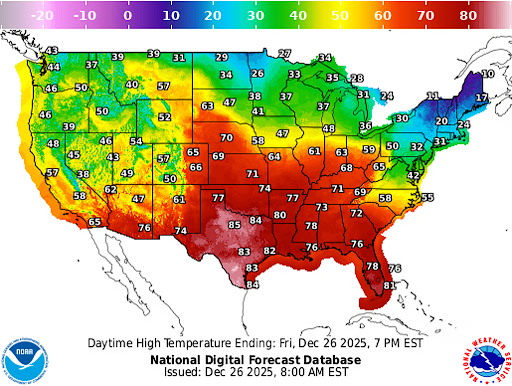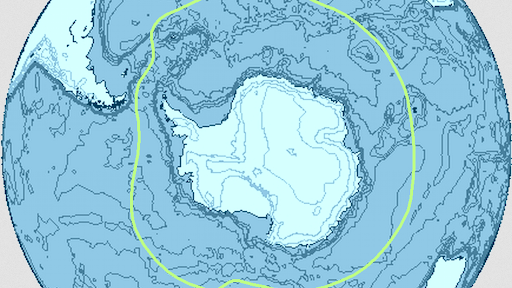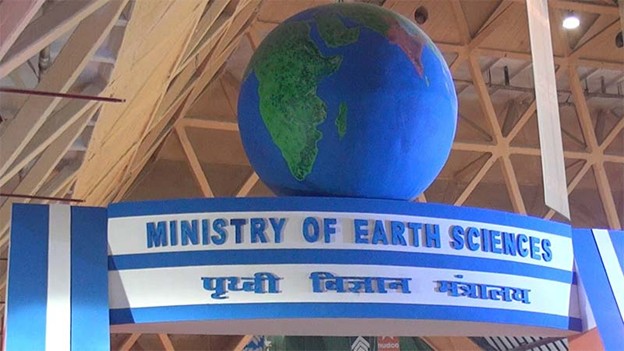Description
Copyright infringement not intended
PC: Climate.gov
Context
Mumbai had severe monsoon rains two weeks early due to a strong Madden-Julian Oscillation (MJO), a weather trend that increases rainfall in the region.
What is the Madden-Julian Oscillation?
The MJO is a moving weather system of clouds, wind, rain, and pressure that travels eastward around the tropics.
About MJO
|
Cycle Time
|
Takes 30 to 60 days to complete a full loop around the globe.
|
|
Discovery
|
Discovered in the 1970s by Roland Madden and Paul Julian.
|
|
Two Phases
|
- Enhanced Convective Phase: Heavy rain, storms, and clouds.
- Suppressed Convective Phase: Dry, clear weather.
|
|
Global Pattern
|
These phases move together — when one area gets rain, another gets dry weather.
|
|
MJO vs ENSO
|
MJO affects short-term weather (changes every few weeks), while El Niño lasts for months.
|
|
Wider Impact
|
Influences monsoons, cyclones, jet streams, and weather in both tropical and non-tropical regions.
|
|
Phases
|
Scientists divide its movement into 8 phases, each showing where rain or dry weather will occur.
|
- Typically, the tropical belt is split in half when the MJO moves through it. One half goes through the active phase, when rainfall is increased, while the other half goes through the suppressed phase, when rainfall is decreased. In the tropical belt, specifically between 30°N and 30°S latitudes, the MJO has the greatest effect. The mid-latitudes of both the Northern and Southern Hemispheres are likewise affected by it.
- Since India is located in this tropical zone, the MJO plays a significant role in the monsoon system that affects South Asia. Monsoon intensity and occasionally its start are both elevated during the active phase of the monsoon mainly because of above-average rainfall caused by greater cloud formation, deep convection, and even cyclonic activity.
MJO and the Early Monsoon of 2025
- Early Monsoon Trigger: The monsoon arrived early in May 2025, due to a very strong MJO. Other factors apart from MJO are:
- Transition to La Niña Conditions: In early 2025, El Niño conditions began to weaken, giving way to La Niña. This shift cooled the central Pacific and strengthened monsoon winds over India, promoting earlier rains.
- Intensified Cross-Equatorial Winds: May 2025 saw robust winds from the southern hemisphere crossing into the Arabian Sea. These moisture-laden winds helped trigger earlier cloud formation and rainfall.
- Warmer Sea Surface Temperatures: Above-average sea temperatures in the Arabian Sea and Bay of Bengal increased evaporation and convection, creating ideal conditions for early monsoon development and stronger rainfall.
- IMD Observation: The India Meteorological Department reported that the MJO was in Phase 4 with a high amplitude, which had a significant impact on Indian rainfall.
- Rapid Monsoon Progress: It helped drive extra rainfall and clouds from the Indian Ocean, allowing the monsoon to march from Kerala to Maharashtra in just two days.
- A powerful cross-equatorial flow brought warm, moist air from the south.
- A low-pressure system in the Arabian Sea brought pre-monsoon showers to Mumbai.
- Record Rainfall: This was Mumbai's wettest May in over 100 years.
- Why It Matters: The incident demonstrated how a tropical system like the MJO may cause a dramatic shift in monsoon timing and rainfall patterns across India.
Source: Indian Express
|
Practice Question:
Q. With reference to the ‘Indian Ocean Dipole (IOD)’, sometimes mentioned in the news while forecasting the Indian monsoon, which of the following statements is/are correct?
- IOD phenomenon is characterized by a difference in sea surface temperature between tropical Western Indian Ocean and tropical Eastern Pacific Ocean.
- An IOD phenomenon can influence an El Niño’s impact on the monsoon.
Options:
(a) 1 only
(b) 2 only
(c) Both 1 and 2
(d) Neither 1 nor 2
Correct Answer: (b) 2 only
Explanation:
- Statement 1 is incorrect: The IOD is characterized by a difference in sea surface temperature between the tropical Western Indian Ocean and the tropical Eastern Indian Ocean, not the Eastern Pacific Ocean. The Eastern Pacific is related to El Niño and La Niña, not the IOD.
- Statement 2 is correct: A positive IOD can counteract the negative effects of El Niño on the Indian monsoon, potentially leading to normal or even above-normal rainfall.
|









